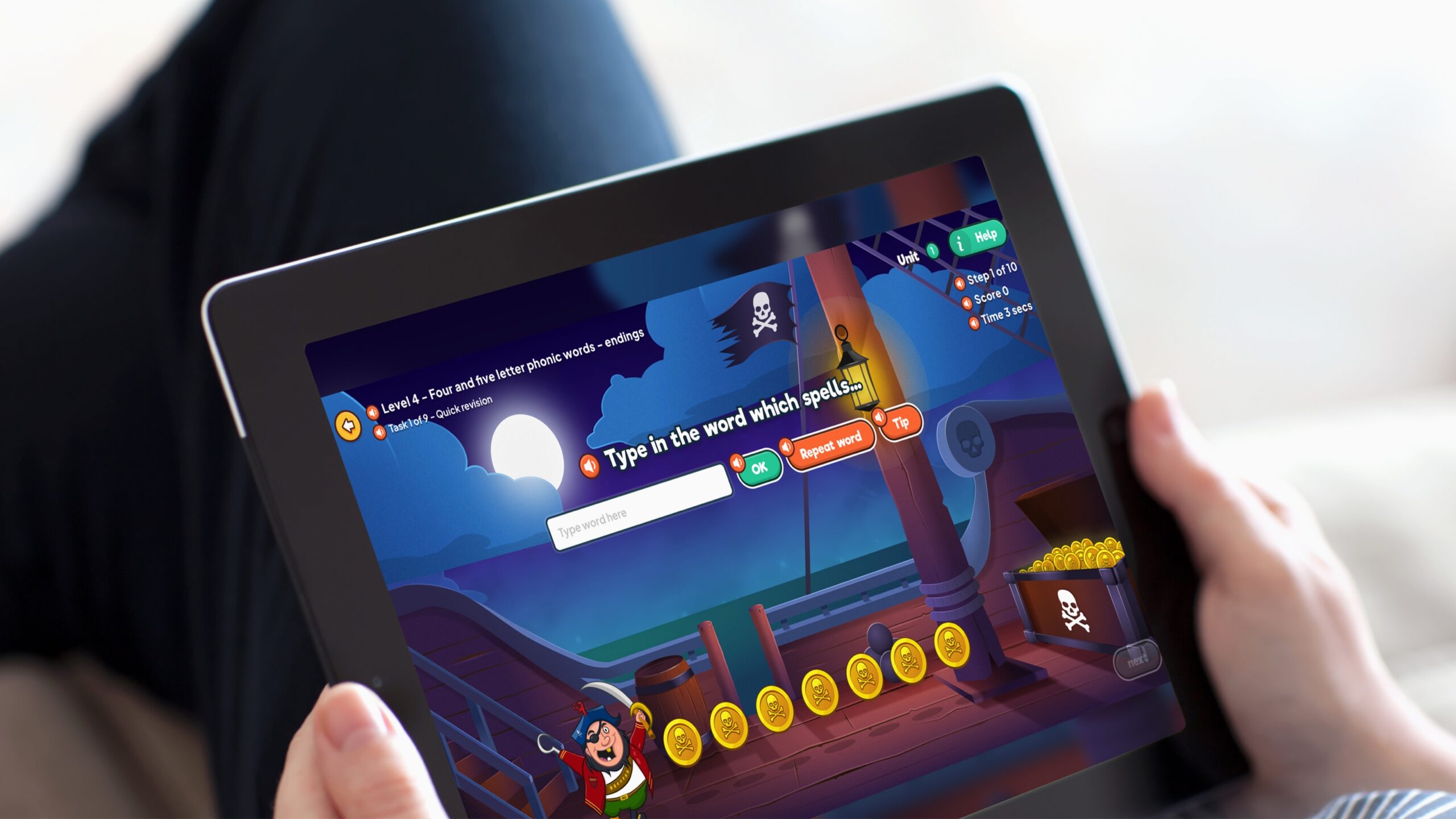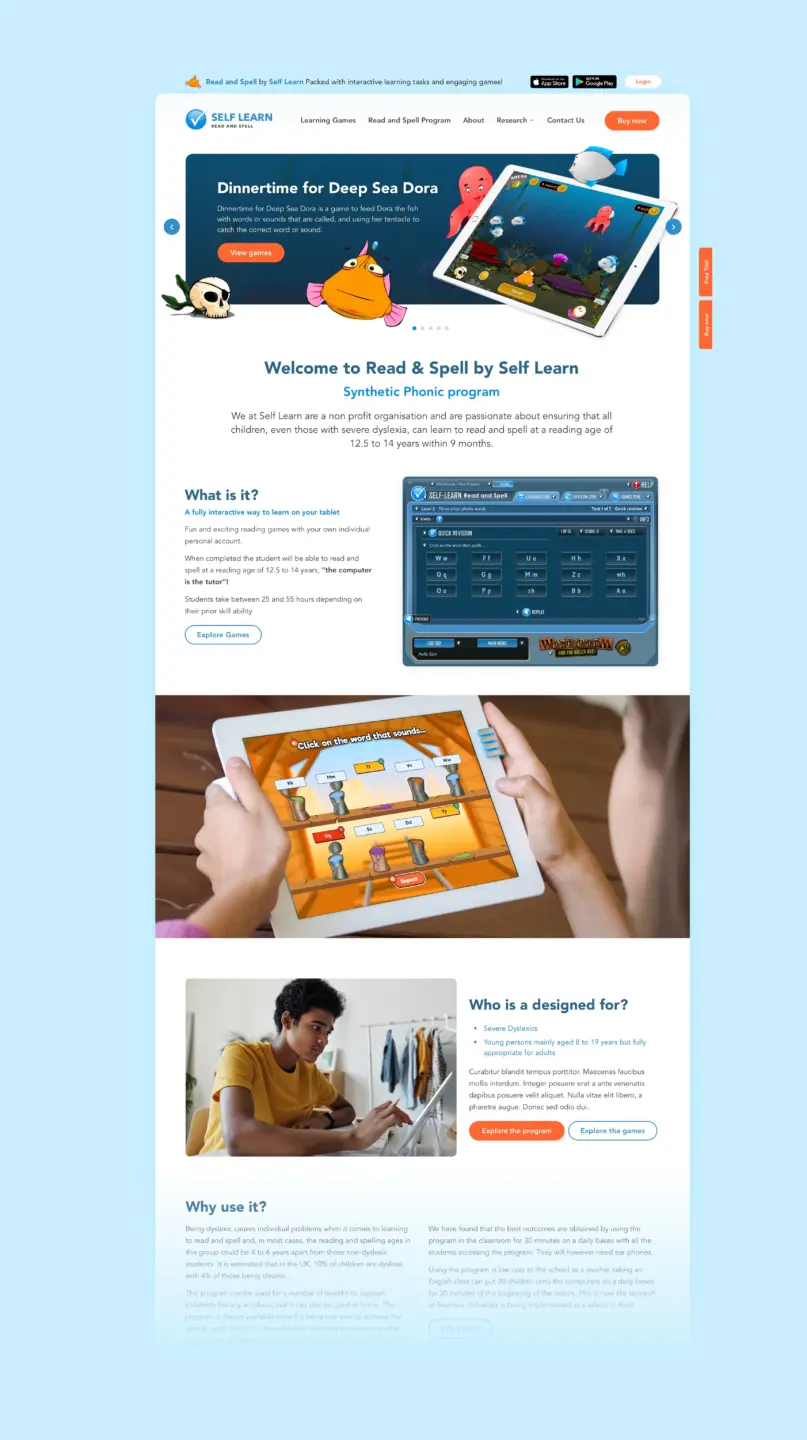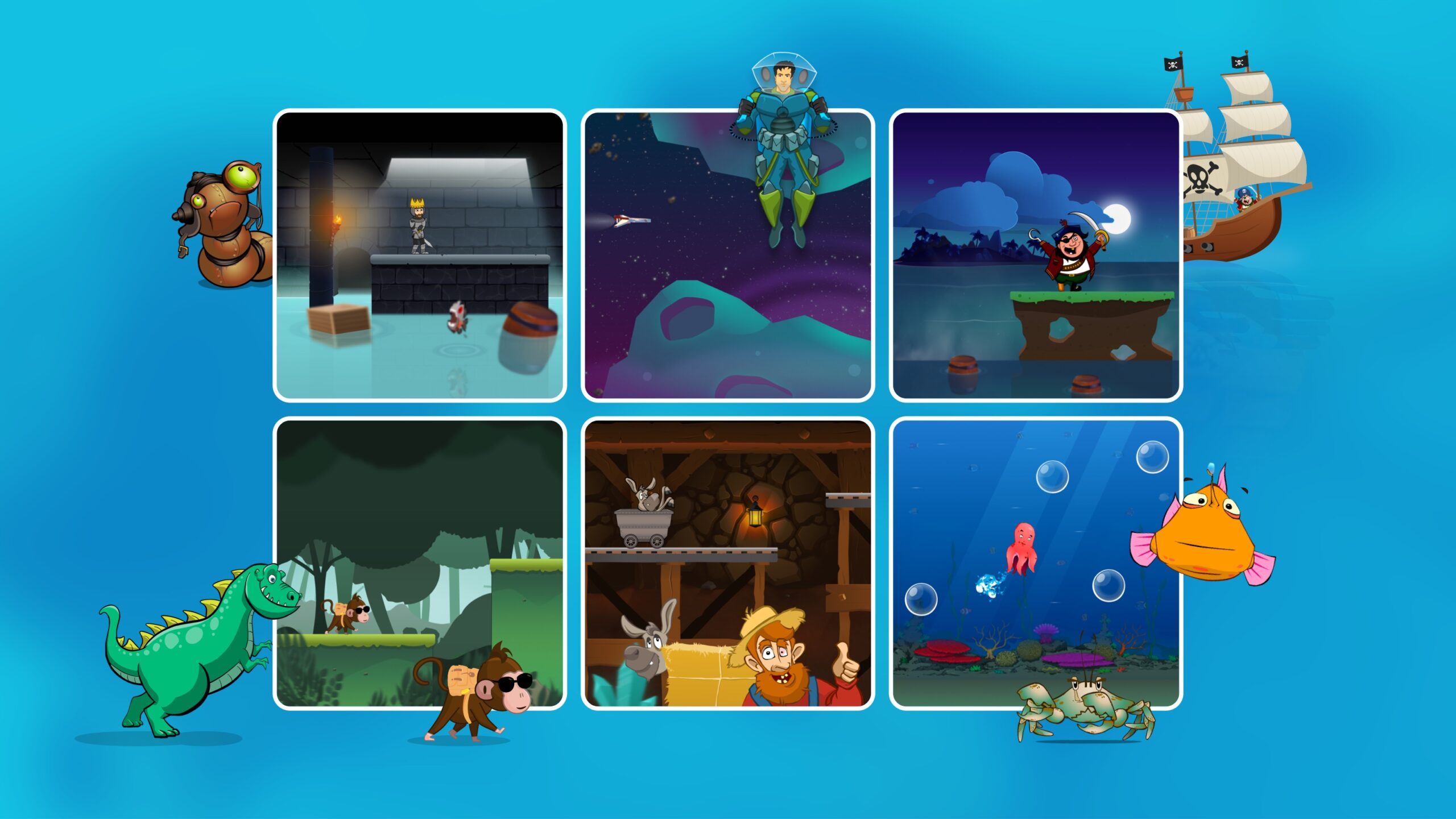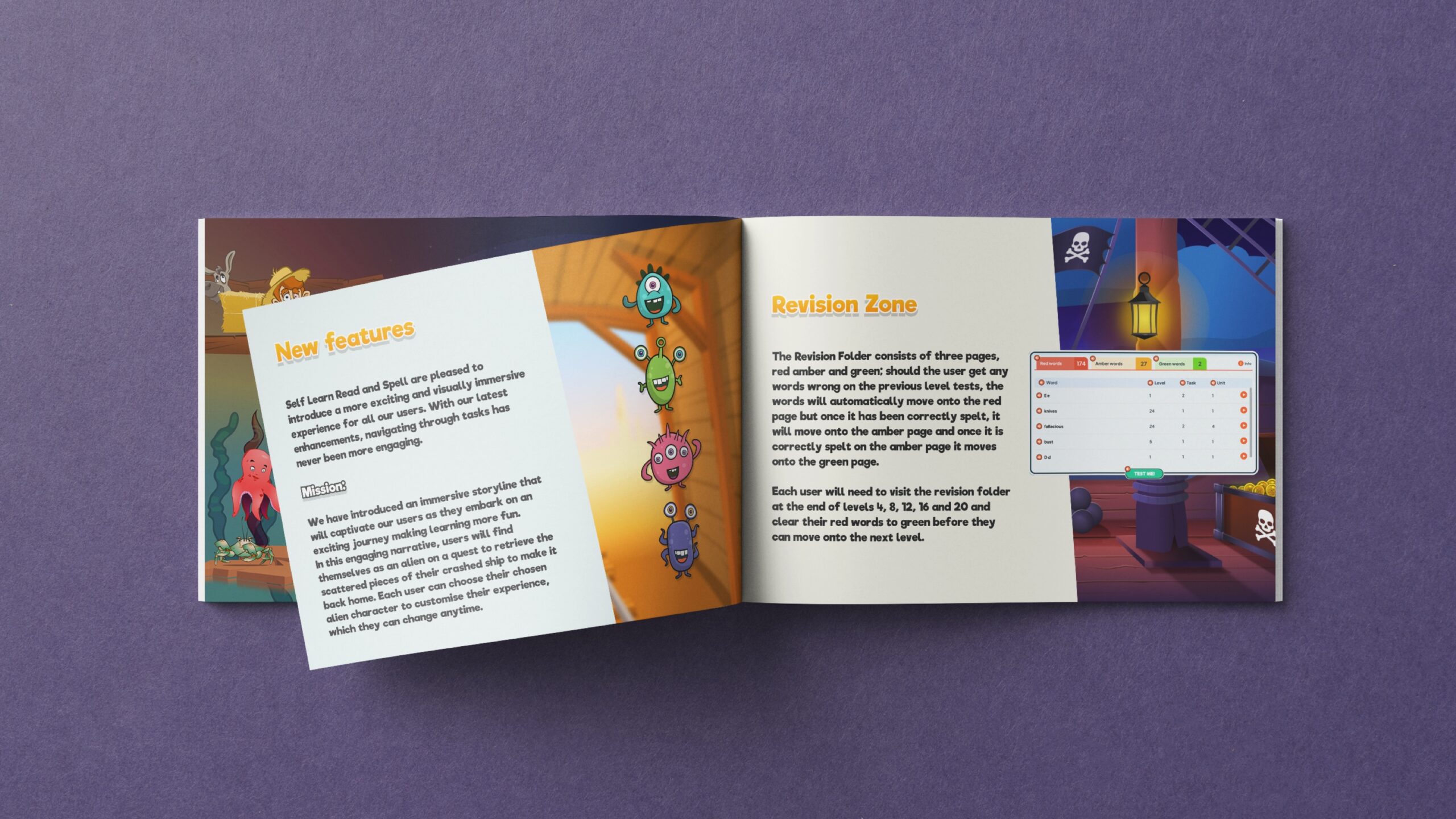
An all-inclusive learning system utilising modern technologies
When you think of an educational app, you might think of those focusing on teaching specific subjects like maths, science and history. However, how many can you name that aim not only to enhance children’s reading and spelling skills but also cater to children of all needs, including those with severe dyslexia?
This is where we introduce you to Self-Learn Read and Spell (SLRS), a programme that aims to help severely dyslexic children learn to read and spell. The programme is the brainchild of Gordon Phillips, an extremely successful entrepreneur who, although having severe dyslexia himself, has grown confident in his abilities over the years after spending hours decoding the English language; the premise of the programme is therefore based on personal experience.


The challenge
Leveraging legacy software
SLRS approached us to help modernise the programme via our legacy software modernisation service. As the website was initially built on Adobe’s ColdFusion and games on the now-retired Flash, our primary goal was to deliver the client a smooth transition to new technologies.

Designing for every channel
Design
Here at Lightflows, we always take an omnichannel approach to design and development. Informed by the ever-increasing popularity of tablet use both at home and in the classroom, we developed a technology strategy to support children in any such environment. Hence, our legacy software modernisation service also included delivering an iOS and Android version of the app.

The solution
Management system benefits
In consulting with the SLRS team, we evaluated a range of game design technology before settling on Unity, a leading real-time 3D (RT3D) operating and content creation platform. This platform greatly benefits the team at SLRS by offering an easy-to-navigate operations management system (OMS) and the children partaking in the programme by providing a learning management system (LMS) that teaches them to read and spell in engaging yet enlightening ways.

Games
Engaging adventures: Learning through play
To keep young learners motivated, the app features a rich collection of hand-crafted games, unlocked by earning time through spelling tests. These games range from platform challenges and 3D space explorations to imaginative quests with pirates and dinosaurs. Designed to strike the perfect balance between fun and educational engagement, every game reinforces key learning skills, such as problem-solving, memory, and coordination.
Developed in Unity, the games feature vibrant hand-animated characters that bring each adventure to life—whether it’s a dashing space explorer navigating asteroid fields or a mischievous pirate on a treasure hunt. Each animation follows classic principles to ensure smooth, captivating movement that draws players in.
The reward system is thoughtfully designed: the more effort students put into their spelling, the more time they unlock to enjoy the games. This approach not only provides a well-earned break but also reinforces a positive learning cycle—where achievement leads to meaningful, playful exploration.
By seamlessly weaving education into entertainment, the app offers an engaging incentive that turns learning into an adventure.


Empowering education with smart technology
Lightflows choose Laravel Nova
The programme, in sum, involved the development of three educational ‘zones’: the Learning Zone, the Revision Zone and the Games Zone. The Learning Zone comprises 28 levels that aim to teach children how to read and spell by completing lexical tasks, with difficulty increasing as the levels progress. If they make any mistakes or errors on a task in the Learning Zone, the task is moved to the Revision Zone to encourage them to review words they have misspelt later. To keep the children engaged, the more tasks they complete in the Learning Zone, the more time they win to play a range of exciting – yet still educational – games in the Games Zone. This incentive positively reinforces the childrens’ learnings which, in turn, rapidly improves their reading and spelling abilities.
What’s more, we reengineered the entirety of SLRS’ backend system with Laravel Nova, an administration panel renowned for delivering a seamless developer experience, enabling schools and teachers to review their pupils’ progress with ease. Subscribers of the platform have two licence options to choose from – a school account or a single-use account – for which we also wrote the licence management system via Stripe, an eCommerce platform designed for faster and smarter payments.


The results
Self learn success
There is no doubt that this project has been a technological success across the board; for Lightflows, SLRS and their users. By transforming the platform to new technologies after careful consideration of systems and processes, we have successfully created a footing that will continue to support SLRS and its users for years to come.

Your vision, our expertise
Conclusion
Do you want that same success for your website or app? Need a designer to create it for you? Not sure where to go? Contact Lightflows today, and a member of our talented team will be sure to get back in touch as soon as possible.



